Jalapeños typically range from 2,500 to 8,000 Scoville Heat Units (SHU), placing them in the medium-spice category. Whether you're a seasoned chef or a weekend griller, understanding SHU helps avoid unexpected heat while maximizing flavor. This guide covers everything from SHU science to storage hacks and cooking tips for perfect jalapeño use every time.
Table of Contents
- What Is the Scoville Scale?
- Jalapeño SHU Range Explained
- Why Jalapeño Heat Varies
- Smart Storage Hacks for Freshness
- How to Control Jalapeño Heat
- Buying Guide: Choosing the Right Jalapeño
- Creative Jalapeño Recipes
- FAQs About Jalapeño SHU
What Is the Scoville Scale?
The Scoville scale measures chili pepper heat based on capsaicin concentration. Developed in 1912 by Wilbur Scoville, it quantifies spiciness through dilution testing. Modern labs use HPLC for precise measurement, but the scale remains the standard reference.
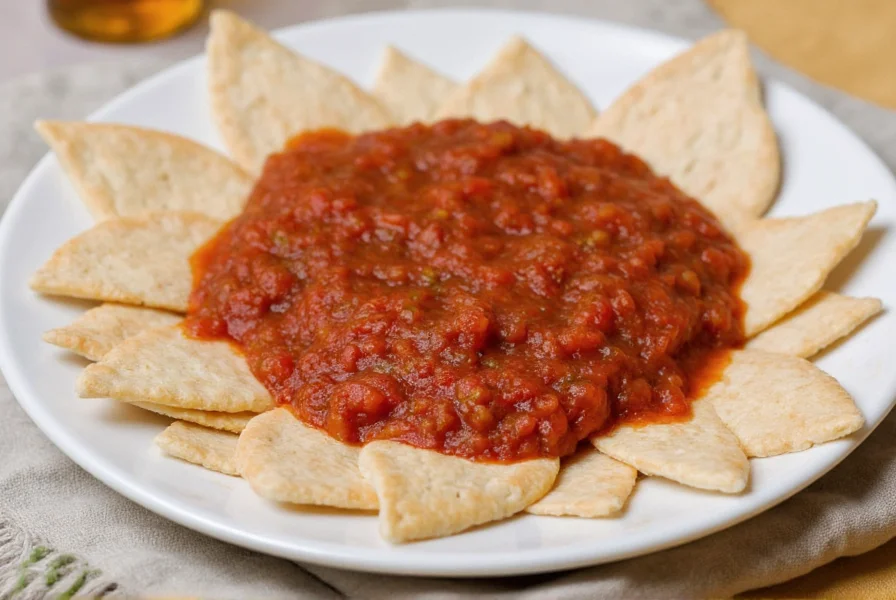
Jalapeño SHU Range Explained
Jalapeños consistently measure between 2,500 and 8,000 SHU on the Scoville scale. This places them in the "medium" heat category—noticeably spicy but manageable for most palates. Here's how they compare to other peppers:
| Pepper | Scoville Heat Units (SHU) |
|---|---|
| Bell Pepper | 0 SHU |
| Jalapeño | 2,500 – 8,000 SHU |
| Hatch Green Chile | 1,000 – 8,000 SHU |
| Serrano | 10,000 – 23,000 SHU |
| Habanero | 100,000 – 350,000 SHU |
Why Jalapeño Heat Varies
Two jalapeños from the same plant can have dramatically different heat levels due to:
- Ripeness: Green jalapeños (2,500-5,000 SHU) are milder; red ones (5,000-8,000 SHU) develop more capsaicin as they mature.
- Growing conditions: Drought stress or high temperatures increase capsaicin production as a defense mechanism.
- Seed and membrane content: 80% of heat resides in the white pith and seeds. Removing these reduces SHU significantly.
- Cultivar differences: Some varieties (like "Jalapeño M" or "Senorita") are bred for consistent mildness.
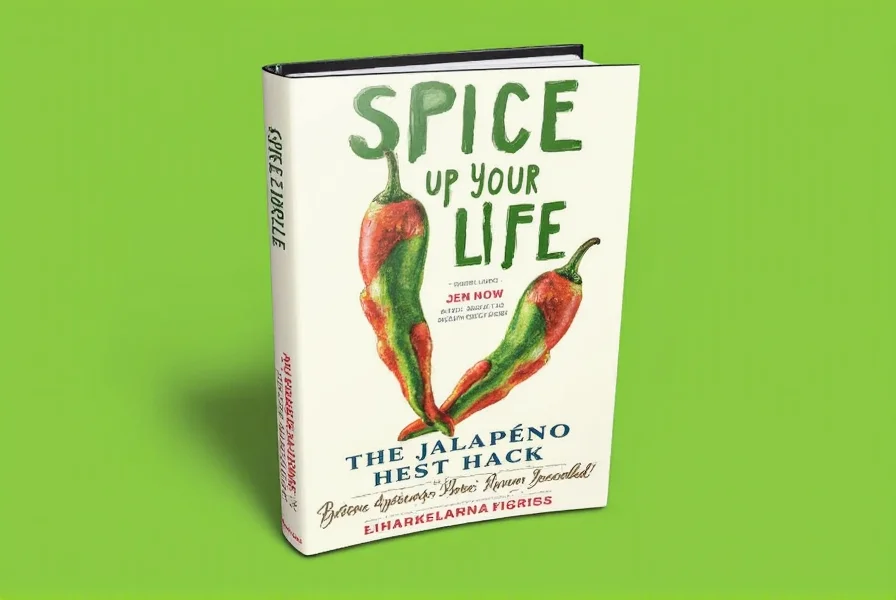
Smart Storage Hacks for Freshness
Proper storage preserves heat levels and texture:
- Refrigerator storage: Store unwashed jalapeños in a sealed plastic bag in the crisper drawer for 2-3 weeks.
- Freezing: Wash, dry, and freeze whole or sliced jalapeños in airtight bags for up to 6 months. Best for cooked dishes.
- Pickling: Submerge in vinegar brine with garlic and spices for tangy, shelf-stable flavor (lasts 6+ months).
- Drying: Air-dry or use a dehydrator to make jalapeño powder for rubs and seasoning blends.
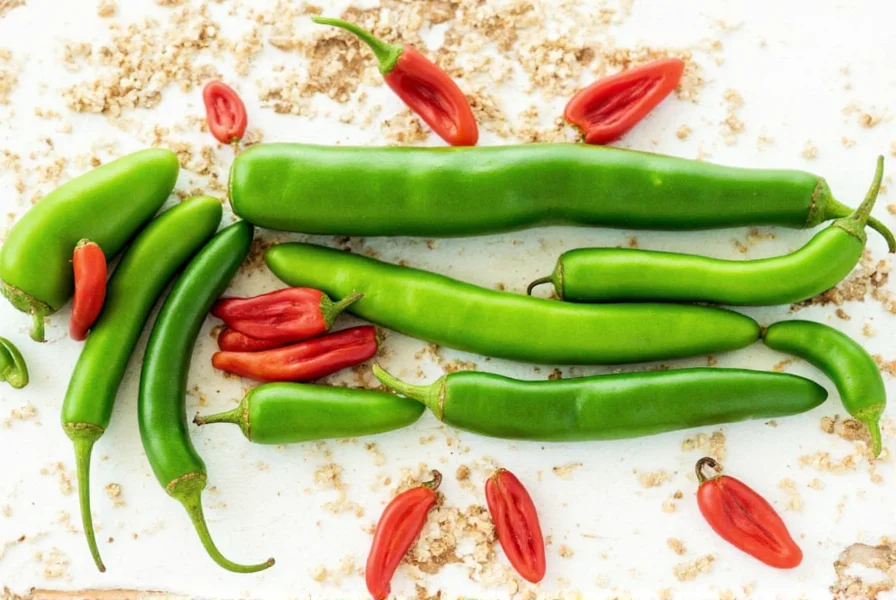
How to Control Jalapeño Heat
Adjust spice levels precisely with these techniques:
- Reduce heat: Remove seeds and white membranes before chopping. Soak in salt water for 15 minutes to draw out capsaicin.
- Boost heat: Add whole jalapeños or seeds to sauces for gradual heat release.
- Balance flavors: Pair with dairy (milk, yogurt), citrus, or sweet ingredients like mango or honey to neutralize burn.
- Roasting: Char over open flame to add smoky depth without increasing SHU significantly.

Buying Guide: Choosing the Right Jalapeño
| Type | SHU Range | Best For | Appearance Clues |
|---|---|---|---|
| Green Jalapeño | 2,500 – 5,000 SHU | Mild dishes, salads, stuffed poppers | Smooth skin, firm texture, bright green color |
| Red Jalapeño | 5,000 – 8,000 SHU | Grilled items, salsas, pickled toppings | Deep red hue, slight wrinkles, sweeter aroma |
| Smoked Jalapeño (Chipotle) | 5,000 – 10,000 SHU | BBQ sauces, stews, marinades | Dried, wrinkled texture, smoky scent |
| Canned Jalapeños | 1,000 – 5,000 SHU | Convenience snacks, pizza toppings | Soft texture, vinegar brine solution |
Creative Jalapeño Recipes
- Jalapeño Popper Grilled Cheese: Stuff cream cheese and bacon inside jalapeños, then bake until crispy. Layer between sourdough for a gourmet twist.
- Spicy Honey Lime Glaze: Blend roasted jalapeños, honey, lime juice, and soy sauce. Perfect for salmon or chicken.
- Quick Pickled Jalapeños: Simmer slices in apple cider vinegar, sugar, garlic, and salt for 10 minutes. Cool and refrigerate for tangy toppings.
- Smoky Tomato-Jalapeño Salsa: Char tomatoes and jalapeños, then blend with cilantro and red onion for a vibrant dip.
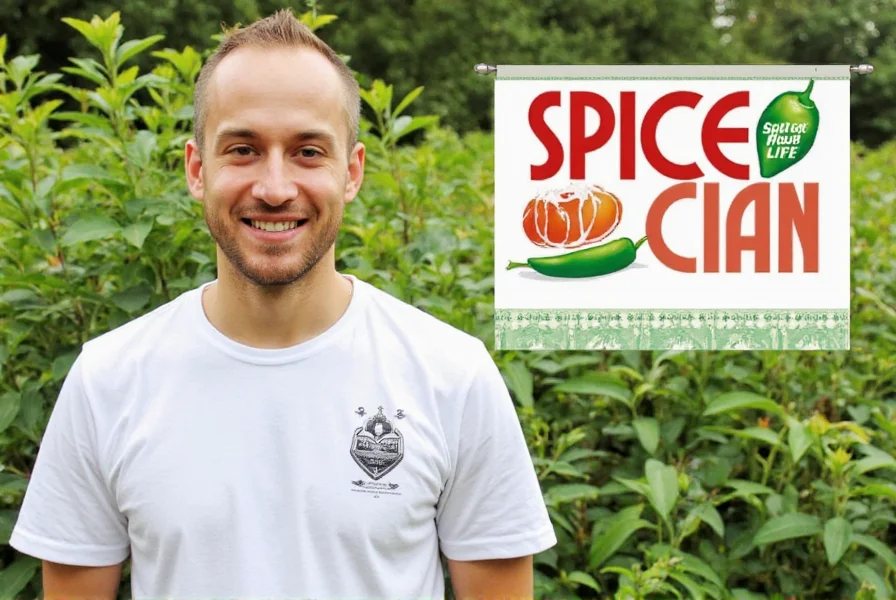
Frequently Asked Questions About Jalapeño SHU
What is the typical Scoville Heat Unit range for jalapeños?
Jalapeños consistently measure between 2,500 and 8,000 SHU. The 5,000 SHU mark represents the midpoint—spicy enough to be noticeable but mild enough for most people to enjoy regularly.
Why does jalapeño heat vary so much between peppers?
Heat varies due to ripeness (red jalapeños are hotter), growing conditions (drought increases capsaicin), seed/membrane content, and cultivar differences. Even peppers from the same plant can differ significantly.
How can I reduce jalapeño heat when cooking?
Remove seeds and white membranes (where 80% of capsaicin resides). Soak chopped jalapeños in salt water for 15-30 minutes or blanch in boiling water for 1-2 minutes to reduce heat without losing flavor.
Can I measure SHU at home?
No. Accurate SHU measurement requires lab equipment like HPLC to quantify capsaicinoids. The Scoville Organoleptic Test (human tasting) is subjective and unreliable for precise values.
Are red jalapeños always hotter than green ones?
Generally yes—ripening increases capsaicin by 20-30%. However, growing conditions can cause exceptions. Always taste a small piece before using in recipes.
Conclusion: Master Your Jalapeño Game
Understanding jalapeño SHU ranges transforms cooking from guesswork to precision. Whether you're selecting peppers at the market, storing them for freshness, or adjusting heat levels in recipes, this knowledge ensures consistent, delicious results. Remember: The perfect jalapeño isn't about maximum heat—it's about matching spice to your dish's needs.

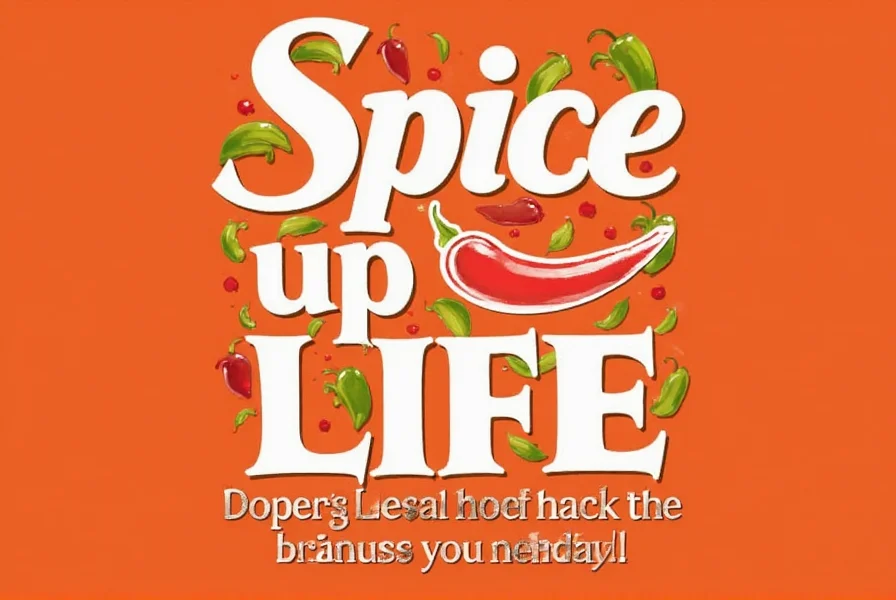









 浙公网安备
33010002000092号
浙公网安备
33010002000092号 浙B2-20120091-4
浙B2-20120091-4